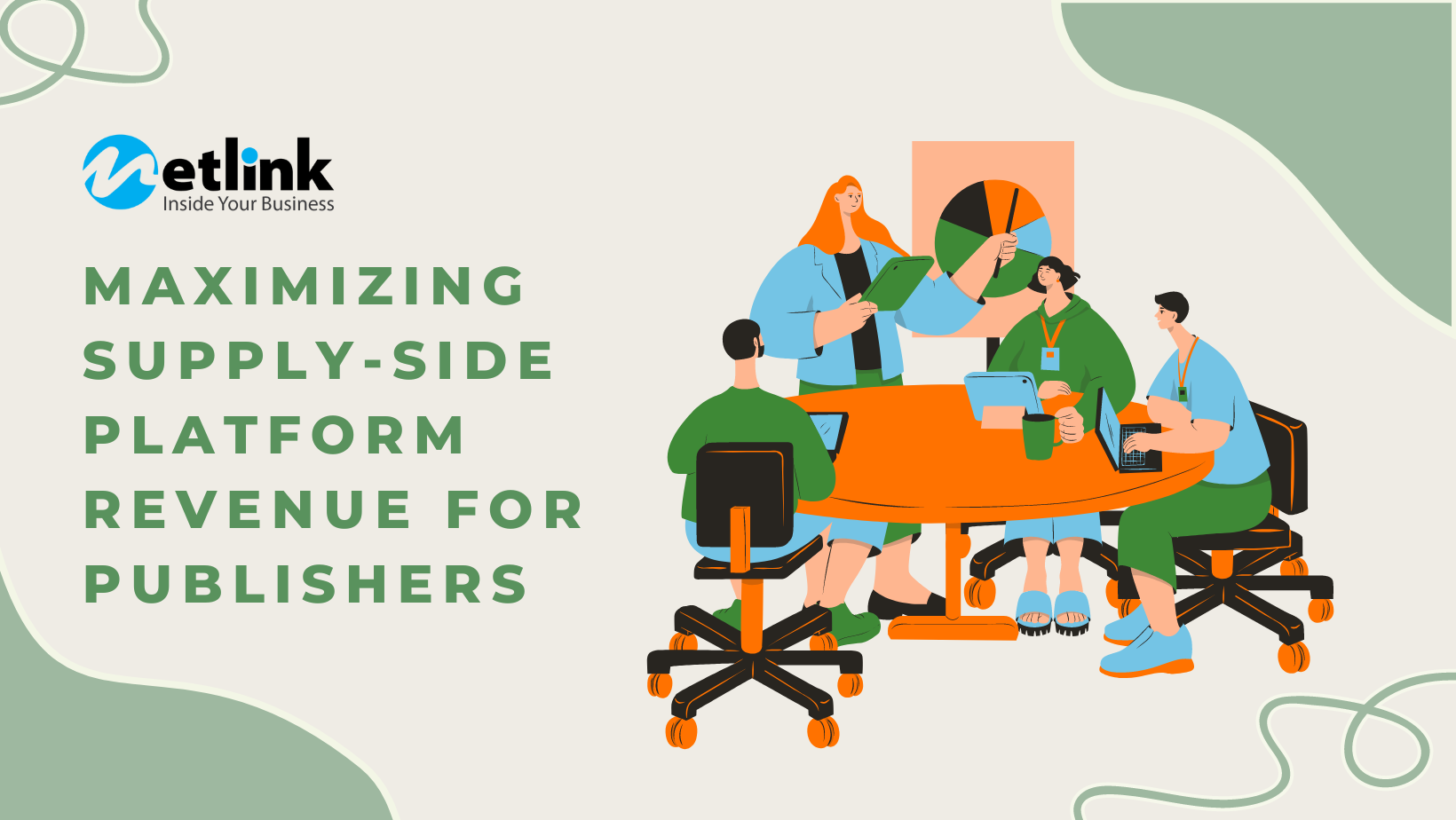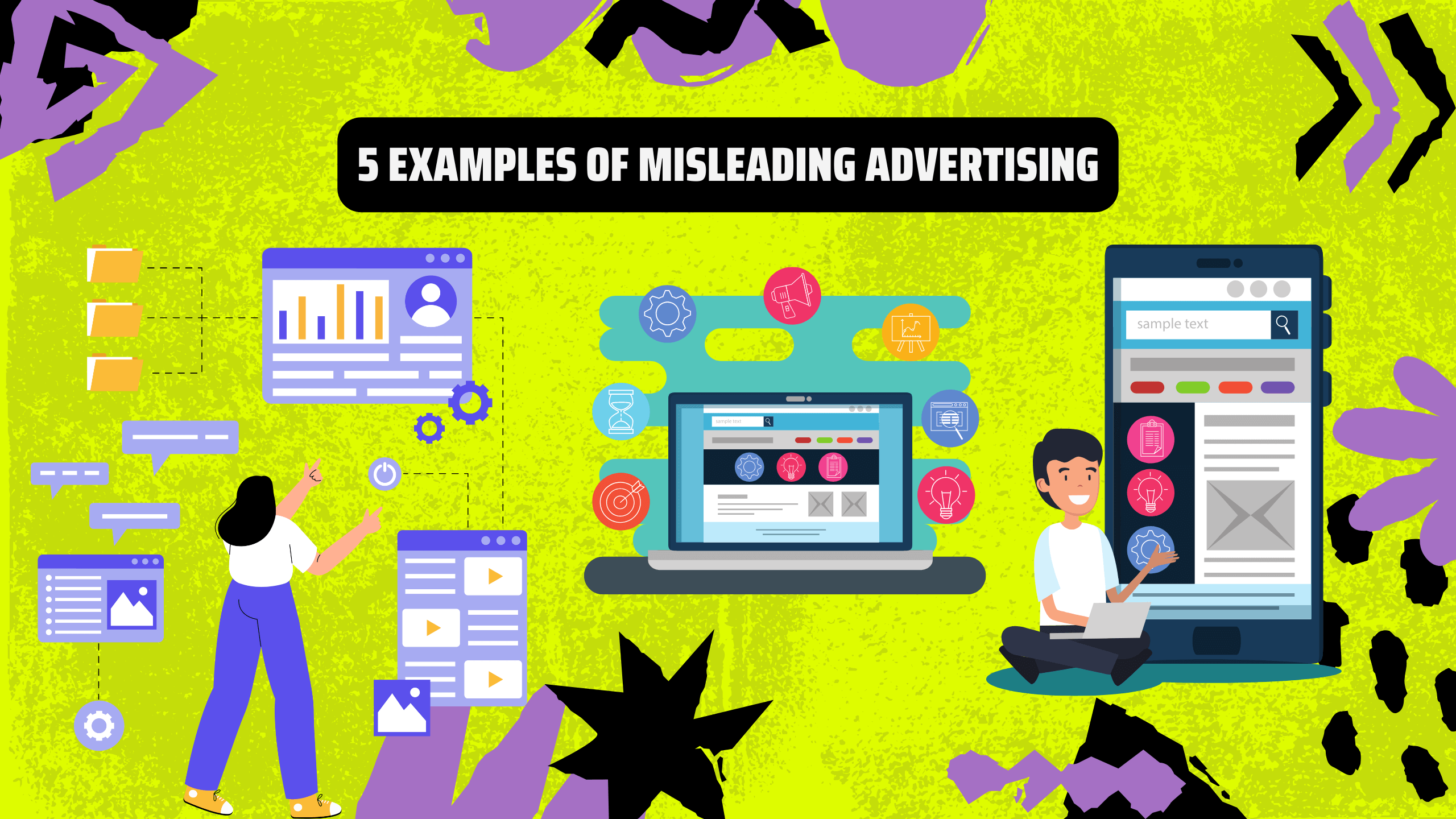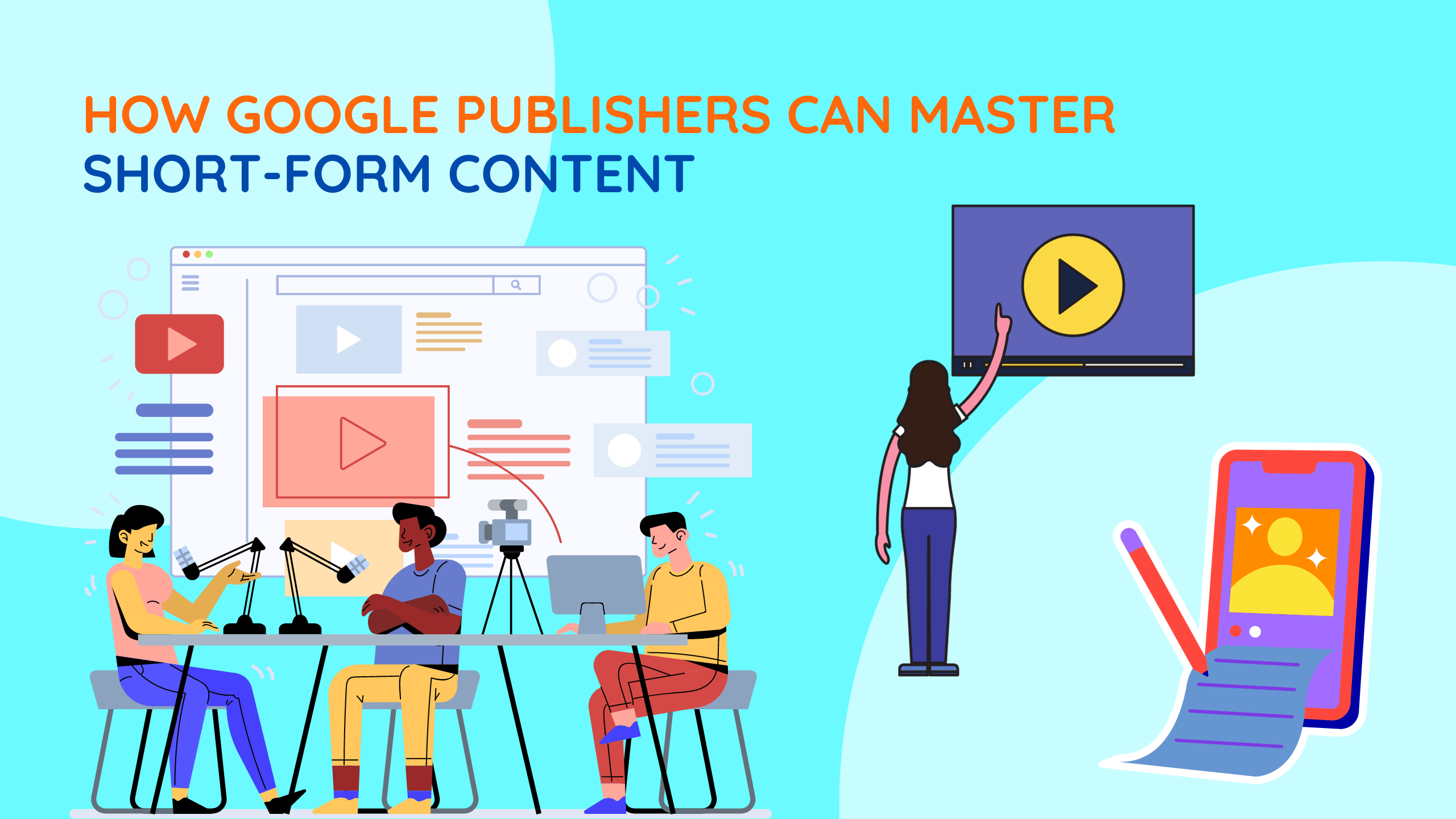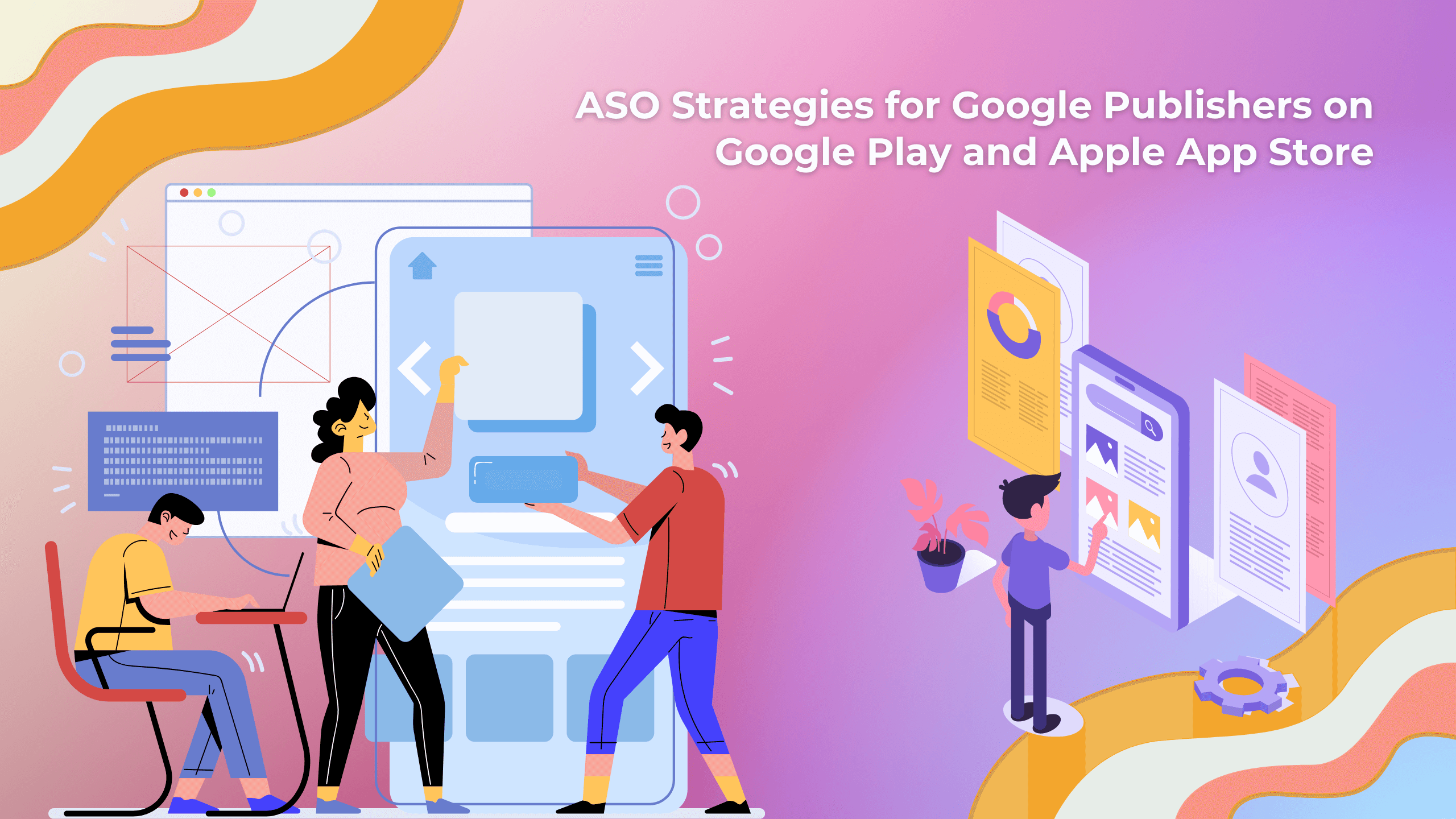In today’s digital advertising landscape, publishers face the challenge of maximizing their revenue streams and effectively monetizing their ad inventory. One solution that has transformed the advertising ecosystem is the supply-side platform (SSP). This blog post will delve into the intricacies of SSPs, explore their benefits for publishers, and provide valuable insights on how to leverage these platforms to optimize ad monetization strategies. Join us as we uncover the power of supply-side platforms and their impact on publisher success.
I. Overview of Supply-Side Platforms:
A supply-side platform (SSP) is a technology-driven platform that enables publishers to monetize their ad inventory by connecting them with multiple ad exchanges and demand sources. It serves as a centralized hub for inventory management, yield optimization, and real-time bidding.
II. Key Components of an SSP:
1. Ad Inventory Management: SSPs provide publishers with tools to manage and organize their ad inventory efficiently. Publishers can control ad placements, set pricing, and manage access to their inventory.
2. Yield Optimization: SSPs employ algorithms and analytics to maximize the value of ad inventory. By analyzing supply and demand trends, publishers can optimize pricing and fill rates, ultimately increasing revenue potential.
3. Real-Time Bidding (RTB): SSPs integrate with ad exchanges and enable real-time bidding, automating the process of selling ad impressions to advertisers. Real-time bidding ensures efficient and competitive transactions, maximizing revenue for publishers.

III. Benefits of Supply-Side Platforms for Publishers:
1. Monetization Opportunities: SSPs provide access to a wide range of demand sources, including ad networks, advertisers, and programmatic buying. Publishers can leverage competitive bidding and dynamic pricing mechanisms to maximize ad revenue.
2. Inventory Management Efficiency: SSPs offer centralized control over ad inventory, allowing publishers to efficiently manage, schedule, and optimize their ad placements. Automation features reduce manual work, enhance operational efficiency, and enable faster campaign execution.
3. Yield Optimization: SSPs help publishers optimize their revenue by analyzing data and trends to determine the best pricing strategies, improving fill rates, and maximizing the value of their ad inventory.
4. Access to Demand Partners: SSPs connect publishers with a diverse range of demand partners, including direct advertisers and programmatic buyers. This broad reach increases the chances of attracting premium campaigns and maximizing revenue potential.

IV. Best Practices for Maximizing SSP Benefits:
1. Diversify Demand Sources: Connect with multiple demand partners, including ad networks, exchanges, and programmatic buyers, to increase competition and maximize revenue potential.
2. Price Optimization: Regularly analyze pricing data and adjust pricing strategies to optimize fill rates and revenue. Experiment with pricing models, floor prices, and targeting options to find the optimal balance.
3. Strategic Inventory Allocation: Understand the value of different ad placements and allocate inventory strategically to maximize revenue. Consider factors like viewability, ad formats, and user engagement when making inventory allocation decisions.
4. Continuous Monitoring and Optimization: Monitor performance metrics regularly and identify underperforming areas. Use data-driven insights to optimize pricing, targeting, and inventory allocation to maximize revenue and user experience.
Conclusion:
Supply-side platforms have revolutionized ad monetization for publishers by offering efficient inventory management, yield optimization, and access to diverse demand sources. By understanding the components of an SSP and implementing best practices, publishers can unlock new opportunities, maximize revenue, and ensure sustainable ad monetization strategies. Embrace the power of supply-side platforms and pave the way for a thriving digital publishing business.
Remember, the digital advertising landscape continues to evolve, and staying informed about emerging trends and technologies will be crucial for long-term success. So, explore, experiment, and leverage the possibilities that supply-side platforms offer to optimize your ad monetization journey.
#SupplySidePlatform #AdMonetization #DigitalPublishing #YieldOptimization #ProgrammaticAdvertising











